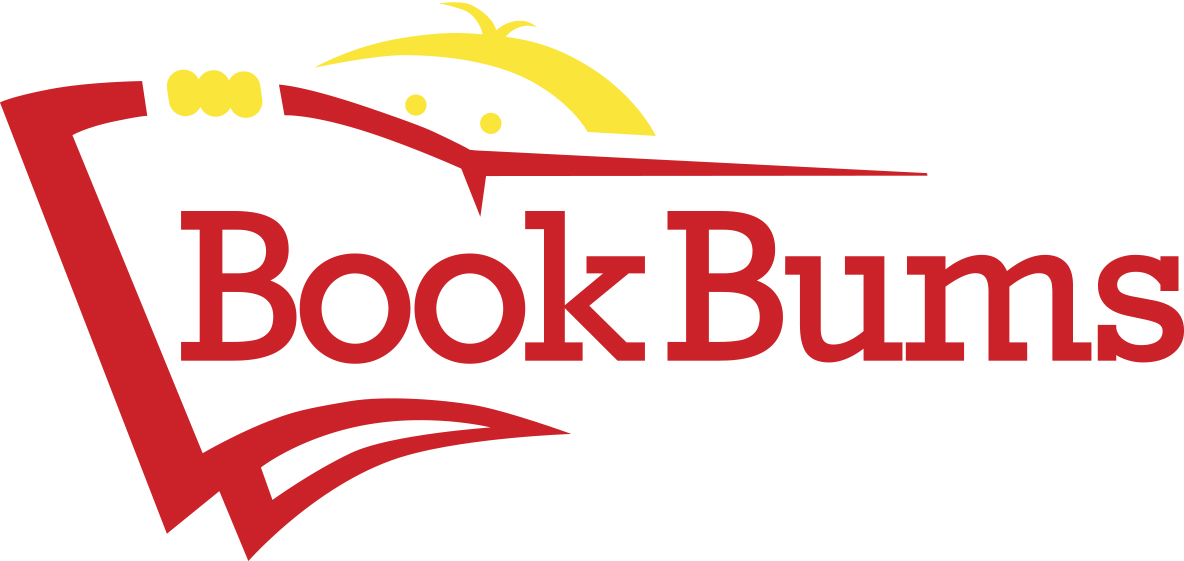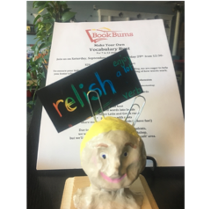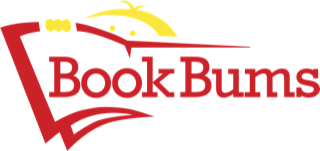
Hello Book Bums families!
This week's newsletter is all about vocabulary! We have filled it with ideas for learning, practicing, and reinforcing new words. Please don't be overwhelmed by all the options; be creative, and do what works for your family.
“The limits of language mean the limits of my world.”
– philosopher Ludwig Wittgenstein
Bookbums.com is an Amazon Associate; We earn from qualifying purchases. This means that if you click on a link to Amazon.com and make a purchase, We may earn a small commission at no extra cost to you. We do recommend the products. Feel free to find them by other means.
Word of the Week
excursion: (ek-skur-zhuhn) noun/person, place, or thing - a short journey, often to a place of interest
The art class went on an excursion to the museum.
Literary Calendar
• January 27 is the birthday of author Lewis Carroll.
• Carroll is well-known for writing Alice in Wonderland and creating memorable characters like the White Rabbit and the Mad Hatter.
• He is also known for creating some of his own words to use in the poem Jabberwocky.
From our Bookshelves

If you have been loving the Yellowstone series prequel, 1883, (available on Paramount), you just might love this book. Think of it as chick lit with grit.
It’s a New York Times bestseller from the author of Before We Were Yours. The Book of Lost Friends is a dramatic, historical novel of three young women searching for family amid the destruction of the post–Civil War South, and of a modern-day teacher who learns of their story and its vital connection to her students’ lives.
.
Tips for Families
Every week, we share a Word of the Week (W.O.W.) in this newsletter.
We feature a word, the pronunciation, the part of speech (at least one of them), the definition, and a sentence that features the word. The goal is to be deliberate about growing our kids’ vocabularies.
We’d love for you to feature the word in your home each week. Building students’ vocabularies is an excellent way to promote improved reading comprehension, and it will absolutely boost your child’s performance on those standardized tests we discussed last week.

Here’s an idea for featuring our W.O.W. each week that you and your kids might really enjoy:
Use Crayola Air-Dry Clay and two paperclips (that are inserted before drying) to make a bust like this one. The paperclips are used to stick words in your kids’ clay heads. You’ll also need a piece of wood or some other kind of platform to glue the bust onto, as well as some paint to add color to your creations.
If this isn’t your kind of thing, you could also feature the Word of the Week using:
• a designated dry erase board or chalkboard
• a sticky note on a cabinet
• letter magnets on the fridge (For older kids, you could mix the letters up and then challenge the kids to put them back in the correct order using the correct letter/letter combination with each sound.)
• a dry erase marker to write the words on your children’s bathroom mirrors
Here are some suggestions to make the learning stick:
1. First, introduce the W.O.W. to your kids by sharing an interesting tidbit using the word as it relates to your daily life.
When I was a kid I loved excursions to the zoo to see the otters.
2. Ask the kids to try to experiment with using the word in a sentence that’s applicable to them.
My favorite excursion is to the LEGO store!
3. Next, invite the kids to draw a quick sketch to remind them of the word meaning and place the picture by the word.
4. Then, deliberately review the word at least a few times a week (with a focus on fun!). Try to avoid quizzing your kids and focus more on teaching them. YOU use the word throughout the week.
Tips for Readers and Writers
Here are some more ideas to help your kids remember all of the new words they’re learning:
1.Write the word on the sidewalk with sidewalk chalk and have your kids review the word by making rainbow letters, going over each letter with additional colors of chalk as they make the sounds within the word.
Note: Do not encourage your kids to name the letters as they spell. Rather, they should make the sounds and record the letter or letter combination that represents the sound. When reading, we make the sounds we see. When spelling, we write the sounds we say.
Child: How do you spell chip?
Parent: Make the sounds.
Child: /ch/
Parent: How do we spell /ch/?
Child: c-h?
Parent: Right. What’s the next sound?
Child: /i/
Parent: How do we spell /i/?
Child: i
Parent: Right. What’s the next sound?
Child: /p/
Parent: How do we spell /p/?
Child: p
Parent: Now, make the sounds you see, moving from left to right across the word. Does that make the word you wanted?
2.Write the word with glue on a piece of copy paper. Use large, lowercase letters. When the glue is dry, have your kids do rubbings by placing a blank piece of paper on top of the dried glue and rubbing a crayon over it to reveal the W.O.W.
3.Call the grandparents and challenge your children to work the W.O.W. into their conversations.
4.Use a permanent marker to write the word on a piece of toilet tissue. Drop it into the toilet just before your children wake up in the morning. That’ll get their attention!
5.Place sticky notes where your children will notice them: on the car window nearest them, in their sock drawer, on their cereal box, etc.
6.Make a paper chain with paper strips, each featuring a W.O.W., and hang it in your child’s room.
7.Before toasting bread, use a Q-tip or paint brush to write the word with milk, onto the slice of bread. Then toast and watch it magically appear.
8.Reward your kids for using the W.O.W. in their daily conversations by:
• giving a high five and saying, “Wow!”
• bragging about them to the extended family (“He’s really working hard to expand his vocabulary.” “She’s really making an effort to use more sophisticated words.”)
• smiling and drawing an invisible tally mark up in the air each time you hear them use a W.O.W.
• giving a wink and then YOU say the word back to them in another sentence.
9.At the end of the week, have the kids write the W.O.W. on an index card and place it in a file box, in a baggie, or in a small photo book.
10.You could:
• review the words each week at bedtime or during breakfast
• practice putting the word cards in a-b-c order
• play charades with them
• choose a word to use in a letter to a family member
• take a photo of your children with the word card, along with corresponding props to make a slideshow of all the words they know so far or even to post on social media
Check out this link if you’re wondering what the research says about kids and their vocabularies: http://www.ascd.org/publications/books/113040.aspx
Share what your family’s up to with a picture at #AskmeabouttheWOW!
Practical Grammar
When to use its and it’s . . .
It’s (it is) true that we use apostrophes (‘) to show ownership, that something belongs to someone. The word /its/ is one big exception to that rule. We NEVER use an apostrophe in /its/ to show ownership.
For example- The dog wags its tail. This is written correctly.
Yes. The tail belongs to the dog, however we do not use an apostrophe to show ownership.
When written with an apostrophe, /it’s/ is always a contraction meaning it is.
It’s great that you read our newsletter for reminders about English and some its quirky rules.
If you know someone who would benefit from our newsletter or tutoring at Book Bums, please share this email with them! Thank you.
Copyright © 2024 Book Bums, All rights reserved
Our mailing address is:
7967 Cincinnati-Dayton Road Suite L
West Chester, OH 45069

